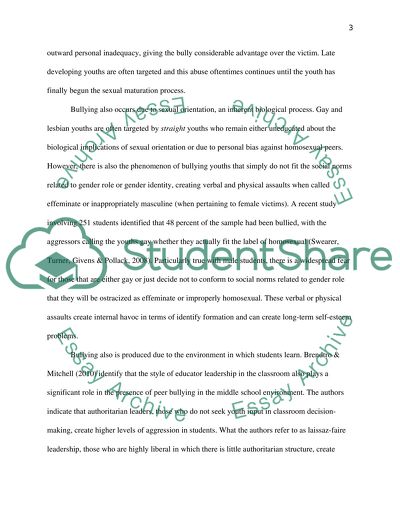Cite this document
(“Solutions and Approaches to Bullying in School and Online Research Paper”, n.d.)
Retrieved from https://studentshare.org/family-consumer-science/1410853-solutions-and-approaches-to-bullying-in-school-and-online
Retrieved from https://studentshare.org/family-consumer-science/1410853-solutions-and-approaches-to-bullying-in-school-and-online
(Solutions and Approaches to Bullying in School and Online Research Paper)
https://studentshare.org/family-consumer-science/1410853-solutions-and-approaches-to-bullying-in-school-and-online.
https://studentshare.org/family-consumer-science/1410853-solutions-and-approaches-to-bullying-in-school-and-online.
“Solutions and Approaches to Bullying in School and Online Research Paper”, n.d. https://studentshare.org/family-consumer-science/1410853-solutions-and-approaches-to-bullying-in-school-and-online.


